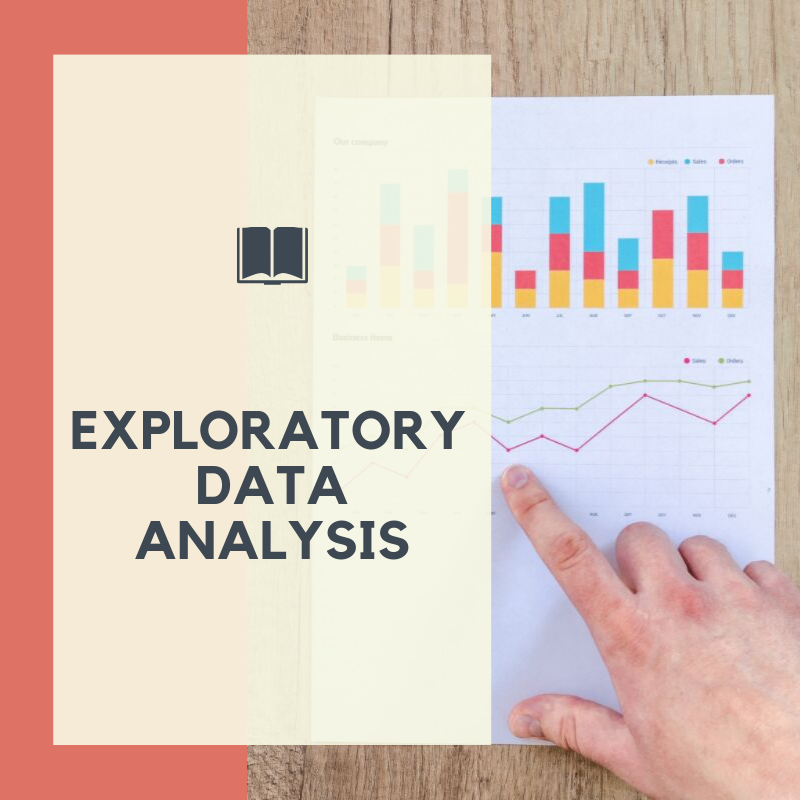1. INTRODUCTION:
Suppose you are looking to book a flight ticket for a trip of yours. Now, you will not go directly to a specific site and book the first ticket that you see. You’ll first search for the tickets on multiple websites on multiple airline service providers. You will then compare the cost of the tickets with the services they are providing. Is there free WiFi available? Are breakfast and lunch complimentary? Is the overall rating of the airlines better than the others?
Whatever measures you will take from thinking about buying a ticket and finding the best ticket option for you and booking it is called “Data Analysis”. The formal definition of Exploratory Data Analysis can be given as:
Exploratory Data Analysis (EDA) refers to the critical process of performing initial investigations on data so as to discover patterns, to spot anomalies, to test hypotheses and to check assumptions with the help of summary statistics and graphical representations.
2. TYPES OF DATA:
Types of Data (Image by author)
- **Dichotomous Variable: **A dichotomous variable is a variable that takes only one out of two possible values when measured. For eg. Gender: male/female.
- **Polynomic Variable: **A polynomic variable is a variable that has multiple values to choose from. For eg. Educational Qualifications: Uneducated/ Undergraduate/ Postgraduate/ Doctoral, etc.
- **Discrete Variable: **Discrete variables are countable variables. For eg. your bank balance, no. of employees in an organization, etc.
- **Continuous Variable: **A continuous variable is a variable that has an infinite no. of possible values. Any kind of measure is a continuous variable. For eg. Temperature is a continuous variable. The temperature of a particular area can be described as 30 °C, 30.2 °C, 30.22 °C, 30.221 °C, and so on.
#exploratory-data-analysis #data-science #data-analysis #analytics #machine-learning #data analysis
